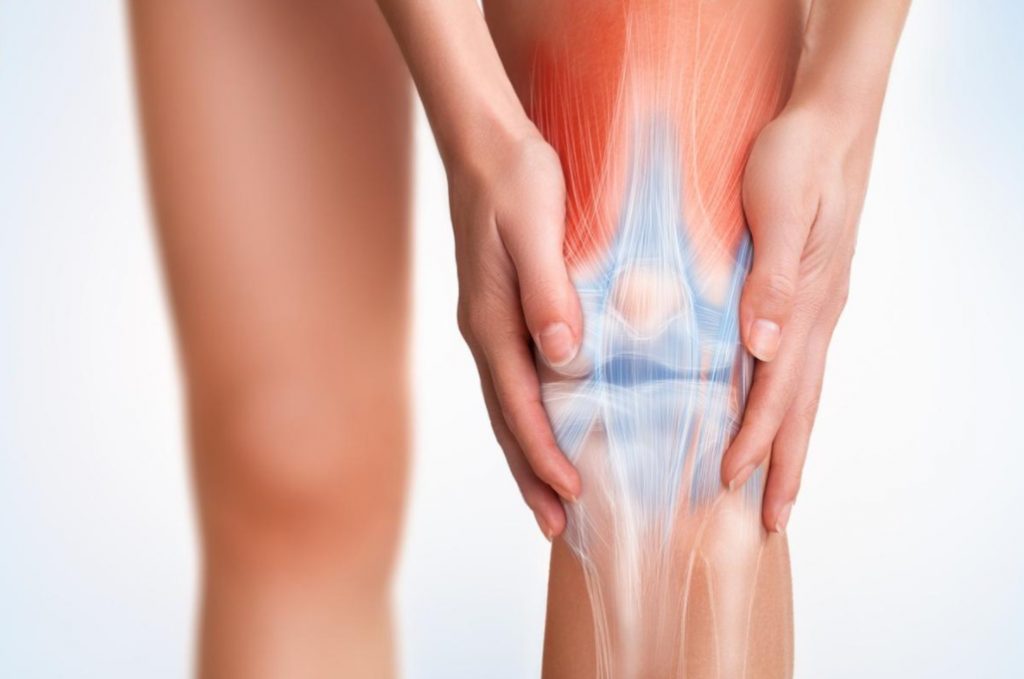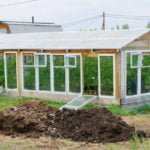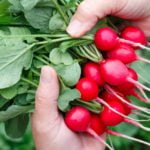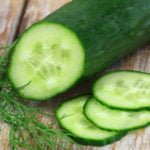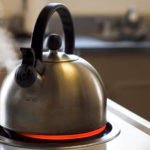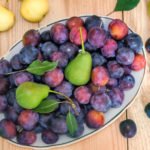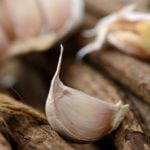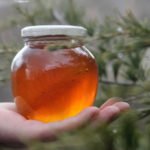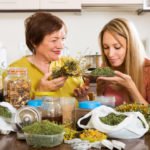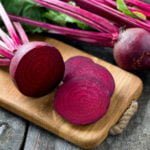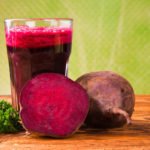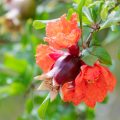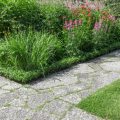Knee pain is familiar to many, especially to summer residents who are forced to stay in a static position for a long time. Understanding the cause of pain will help relieve symptoms, restore mobility and forget about unpleasant sensations for a long time.
The knee is one of the largest joints in our body. Thanks to it, it is possible to bend or unbend the leg and provide stability, supporting the weight of the body. The knee joint is formed by several components — bones, cartilage, muscles, ligaments, tendons. Each of them can be subjected to diseases and injuries, which leads to severe pain in the knee and even to limited mobility.
Causes of knee pain
According to the Arthritis Foundation, the knee is a joint that is most often subjected to various kinds of injuries. Falls, direct blows, constant tension and being in a static position (for example, squatting) are the reasons that can lead to traumatic knee injuries.
And now let’s remember in what position you can most often find a summer resident planting seedlings and caring for the beds. Squat down! Many people think this position is comfortable, but in this position the muscles of the legs, back, pelvic floor and press are loaded. Moreover, it is harmful to squat for a long time, since the tissues around the knee joint (and he himself) do not receive proper nutrition due to vasoconstriction, which is fraught with the development of pain and even limited mobility.
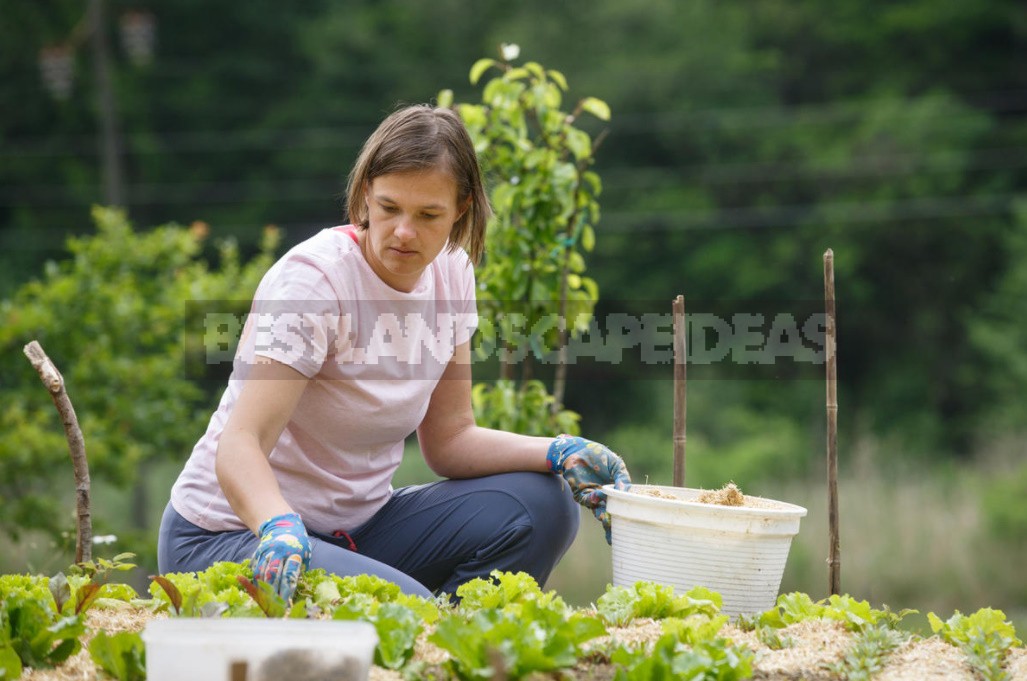
Chronic knee pain can be considered as a long-term result of injury, excessive stress on the joint, or some diseases characteristic of patients after 45-50 years. Possible causes of knee pain include:
- degenerative tissue diseases, such as osteoarthritis;
- infections;
- autoimmune diseases, such as rheumatoid arthritis;
- inflammatory diseases of the tendon;
- bursitis is an inflammation of the articular bag;
- accumulation of fluid under the knee joint.
Who is at risk
There is a whole list of predisposing factors that, to one degree or another, increase the likelihood of the formation of chronic pain and problems with the knees.
Arthrosis
Arthrosis of the joint is one of the most common diseases. This is a degenerative process caused by wear and tear of the joint. The characteristic symptoms include pain and stiffness of movements, which increase after a long stay in a static position.
Injury
We are talking not only about sports injuries — but also about domestic ones, which is often associated with caring for the garden. First of all, sprains, incorrect squat technique and injuries are dangerous.
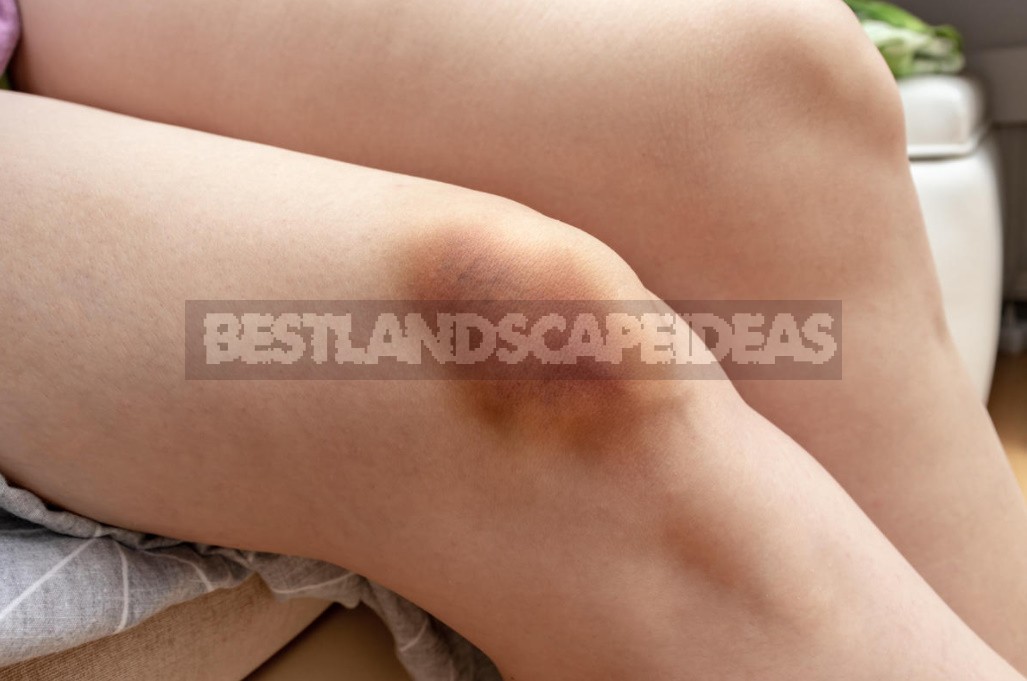
Excess weight
Overweight and obesity are the main causes and at the same time a predisposing factor for knee pain. According to research published in the Annals of Internal Medicine (2011), the probability of chronic pain in obese and overweight patients increases by 65%.
Metabolic disorders
An equally common cause of the formation of knee pain is a metabolic disorder, namely the formation of uric acid crystals in the joints. As a result, the process of inflammation is triggered, which is associated with severe pain and restricts movement.
Age
With age, the probability of developing degenerative disorders, such as osteoporosis, increases significantly. The situation is complicated by age-related changes and a decrease in the protective functions of the body. Not only women, but also men are at risk. And these risks are also associated with changes in genes, a low-activity lifestyle, and dietary characteristics. Also, with age, knee injuries received earlier also make themselves felt.
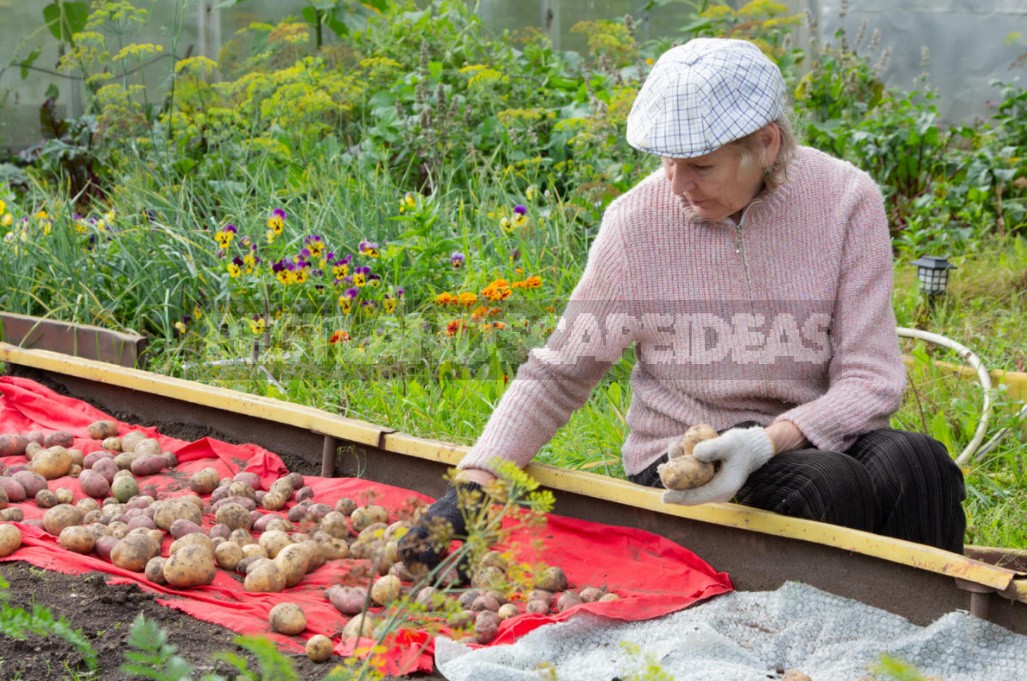
Treatment tactics
Treatment is determined individually and depends on the cause of the pain, but it is usually carried out according to a certain algorithm, including the impact on the pain and the cause of its appearance, as well as measures that will prevent its re-formation.
Pain-relieving gels and ointments
There are many remedies that relieve pain, have an anti-inflammatory and warming effect. Some of them are prescribed by a doctor, for example, those that are part of the group of non-steroidal anti-inflammatory drugs. But others containing natural herbal components (phytotherapy) can also be used.
Phytotherapy involves the use of any herbal preparations, which are presented in the form of powders, extracts for medicinal purposes. According to the Cochrane Review, many types of herbal medicine and medicinal plants are successfully used in the treatment of chronic joint pain. Their action is based on an anti-inflammatory effect, suppression of the immune response, when your own body can “overdo it” and damage the tissues. In addition, herbal remedies are associated with a lower percentage of complications and side effects.
Physical therapy
An active lifestyle is certainly important. And taking care of the garden, the vegetable garden can be considered as an active lifestyle, but many people forget about preliminary preparation, warm-up before starting active actions on the dacha. In addition to classes at the dacha, visiting the pool, cycling, hiking, including Nordic walking will help to avoid knee pain (and not only). In severe cases, it may be necessary to prescribe a complex of physical therapy, etc.
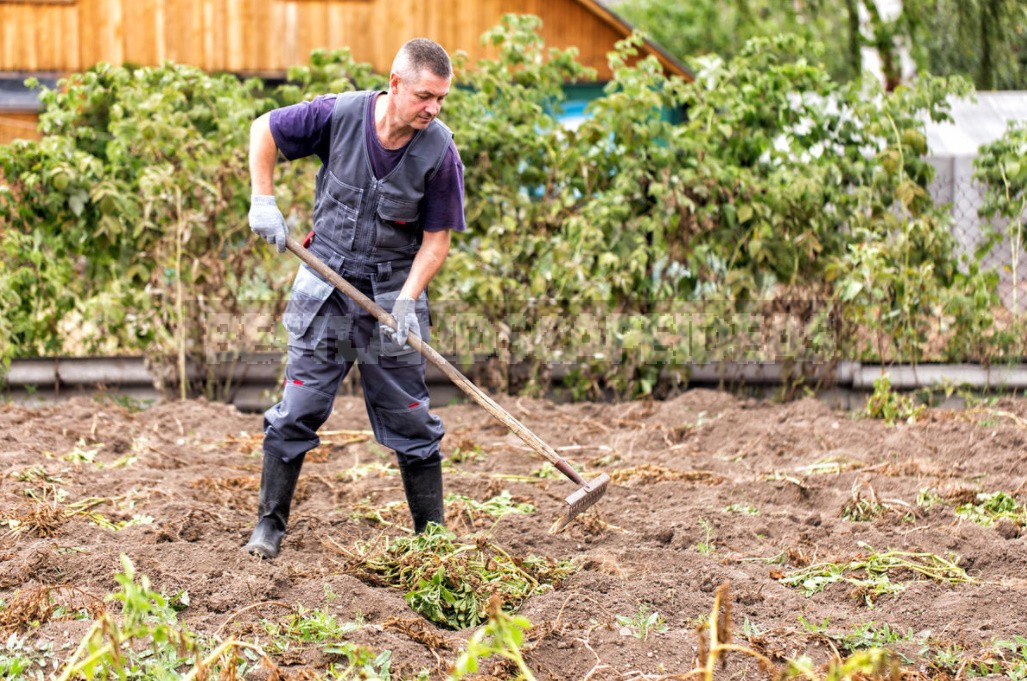
Lifestyle and nutrition adjustments
Getting rid of bad habits — quitting smoking, alcohol abuse, maintaining a healthy weight — will help to avoid complications, as well as improve the prognosis of treatment (in severe cases, surgical treatment and endoprosthetics may be recommended).
Overweight and obesity are not only the cause, but also a predisposing factor for the formation of pain. Therefore, making adjustments to the principles of nutrition will help to control and even reduce weight. It is recommended to include as many vegetables and fruits, products containing fiber as possible in the diet, to reduce the consumption of red meat, especially fatty varieties. According to the recommendations of the Arthritis Foundation, the Mediterranean diet is the best solution. Such principles of nutrition cover all the needs of the body and at the same time help to lose weight.
If the pain in the knees does not go away for a long time or increases, you should not self-medicate, it is better to seek help from a doctor.
Tips for summer residents
Doctors recommend weeding beds, planting seedlings not on squats, but on your knees, that is, standing on all fours, but to avoid injuries and damage, you need to take care of protection. For example, to buy knee pads. And you need to stand on tourist mats, their use will not allow not only overstrain, pressure on the joint, but also hypothermia, because at the beginning of the summer season the ground is quite cold.
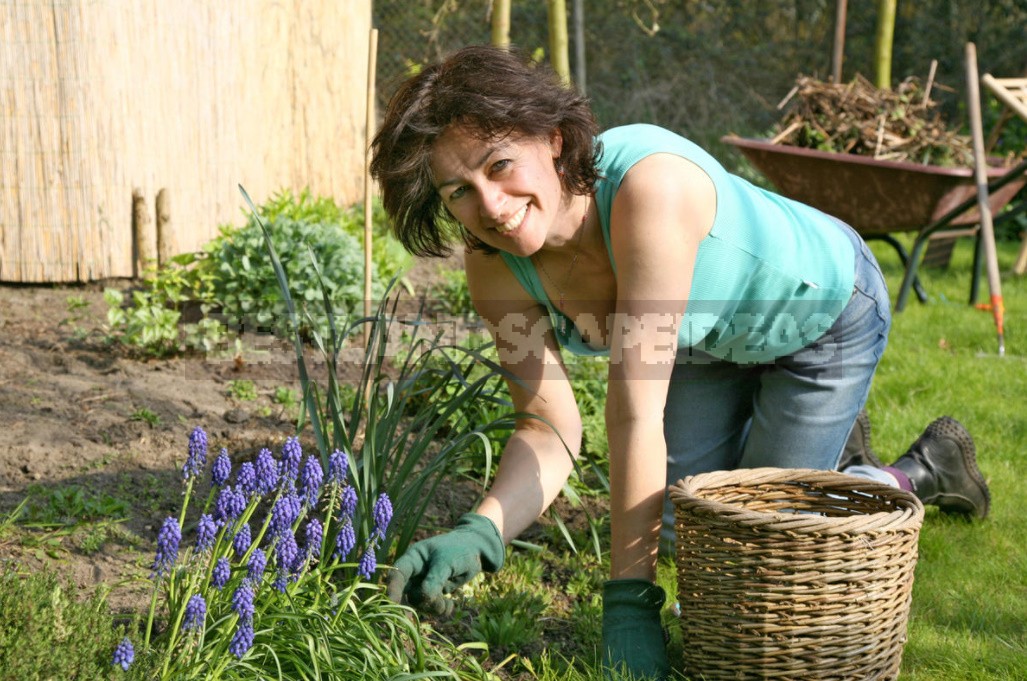
Cold, prolonged static posture, circulatory disorders due to compression of blood vessels are the causes of inflammation and chronic pain. Therefore, even in this position it is impossible to stay for a long time, especially if there are chronic diseases and old injuries.
